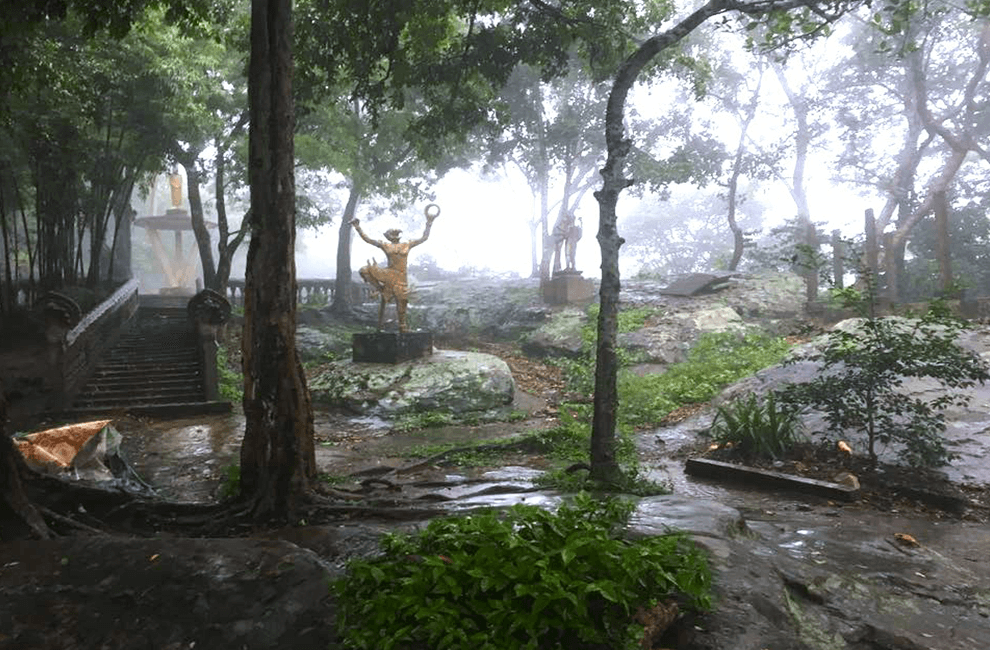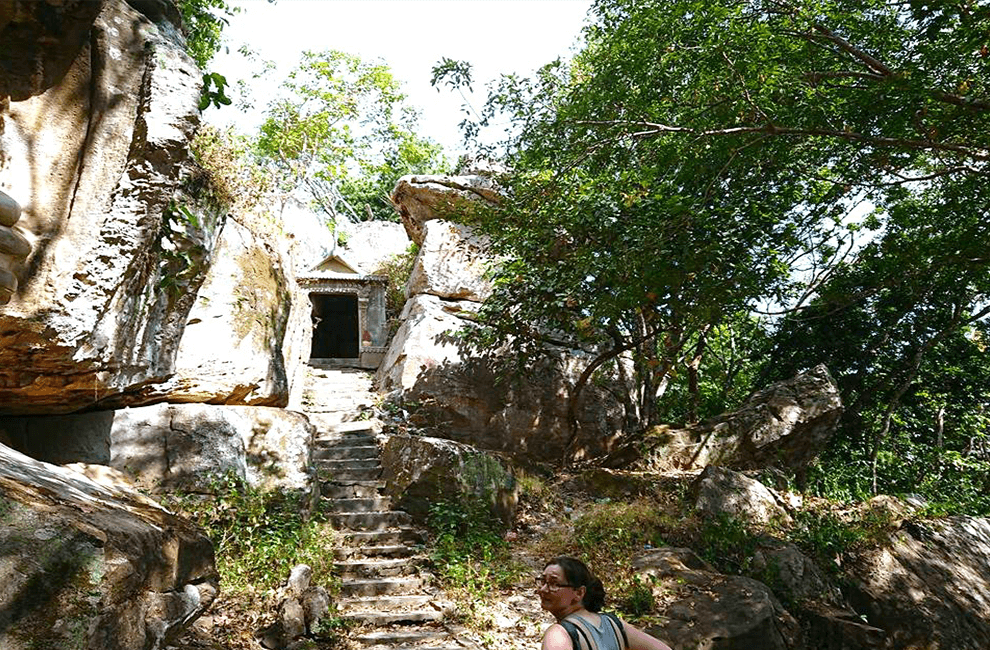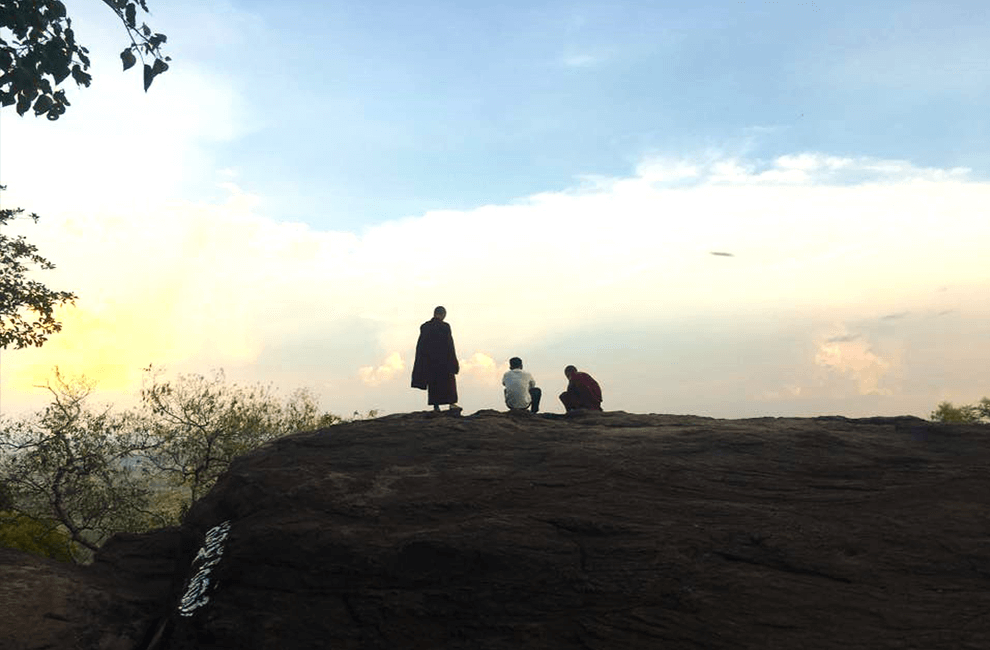Are you an adventurous traveler seeking an off-the-beaten-path destination in Cambodia? Look no further than Phnom Santuk in Kampong Thom province. Known for its breathtaking natural beauty and cultural significance, this majestic mountain offers a unique experience for those who venture off the tourist trail. In this article, we will delve into the various travel activities, travel guides, how to get there, and where to stay, allowing you to fully immerse yourself in the wonders of Phnom Santuk.
Overview: The Charm of Phnom Santuk
Phnom Santuk, located in Kampong Thom province, is a significant cultural and religious site in Cambodia. Rising 207 meters above sea level, this mountain captivates visitors with its lush greenery, intriguing rock formations, and serene atmosphere. It is not only a natural wonder but also holds great religious significance for the locals. Several ancient temples and pagodas are nestled within the mountain, making it a sacred destination for both Buddhists and believers of traditional Khmer spirituality.

Travel Activities: Embrace Adventure and Spirituality
1. Visit Prasat Kraham
Kickstart your exploration of Phnom Santuk by visiting Prasat Kraham, a stunning ancient temple located on the mountainside. This well-preserved temple showcases intricate carvings and architectural marvels, providing a glimpse into Cambodia’s rich history. As you wander through the temple grounds, immerse yourself in the spiritual ambiance and admire the panoramic views of the surrounding landscape.
2. Climb the Stairway to the Sky
Embark on a challenging yet rewarding journey by ascending the stone stairway that leads to the summit of Phnom Santuk. With each step, you’ll be captivated by the natural beauty surrounding you. Take your time to appreciate the breathtaking vistas, lush forest canopy, and the distant sounds of nature. The climb may require some physical exertion, making it a memorable adventure for thrill-seekers.
3. Explore Wat Santuk and its Caves
Once you reach the summit, you’ll be greeted by Wat Santuk, a magnificent pagoda renowned for its cultural and religious significance. Devote some time to explore the intricate statues, religious artifacts, and serene meditation halls within the pagoda premises. Additionally, don’t miss the opportunity to venture into the caves nestled within the mountain. These caves serve as hidden sanctuaries where you can reflect and embrace tranquility.

Travel Guides: A Memorable Journey to Phnom Santuk
How to Get There?
Reaching Phnom Santuk requires traveling to Kampong Thom province. Depending on your starting point, you can opt for a bus, taxi, or private car. The mountain is located approximately 35 kilometers from Kampong Thom town. It’s recommended to hire a local guide or join a tour to ensure you navigate the area safely and make the most of your visit.
Where to Stay?
While Phnom Santuk offers a unique experience, accommodation options are limited on the mountain itself. Many tourists choose to stay in Kampong Thom town, where a range of guesthouses and hotels are available. Some popular choices include the Sambor Village Hotel, Mekong Hotel, and Sambor Village Resort. These accommodations provide comfortable amenities and convenient access to Phnom Santuk through organized tours or private transportation.
Make sure to plan your visit in advance and consider the duration of your stay, as exploring the mountain and fully experiencing its wonders may require a day or more.
Conclusion
Phnom Santuk in Kampong Thom province is a hidden gem that promises an unforgettable travel experience. From its ancient temples and breathtaking views to its spiritual ambiance, this majestic mountain is a must-visit destination for those seeking adventure, culture, and tranquility. As you plan your trip, don’t forget to embrace the local guides, immerse yourself in the unique travel activities, and soak in the natural and spiritual wonders that Phnom Santuk has to offer. Your journey to this enchanting mountain will undoubtedly leave lasting memories and a deep appreciation for Cambodia’s rich heritage.





